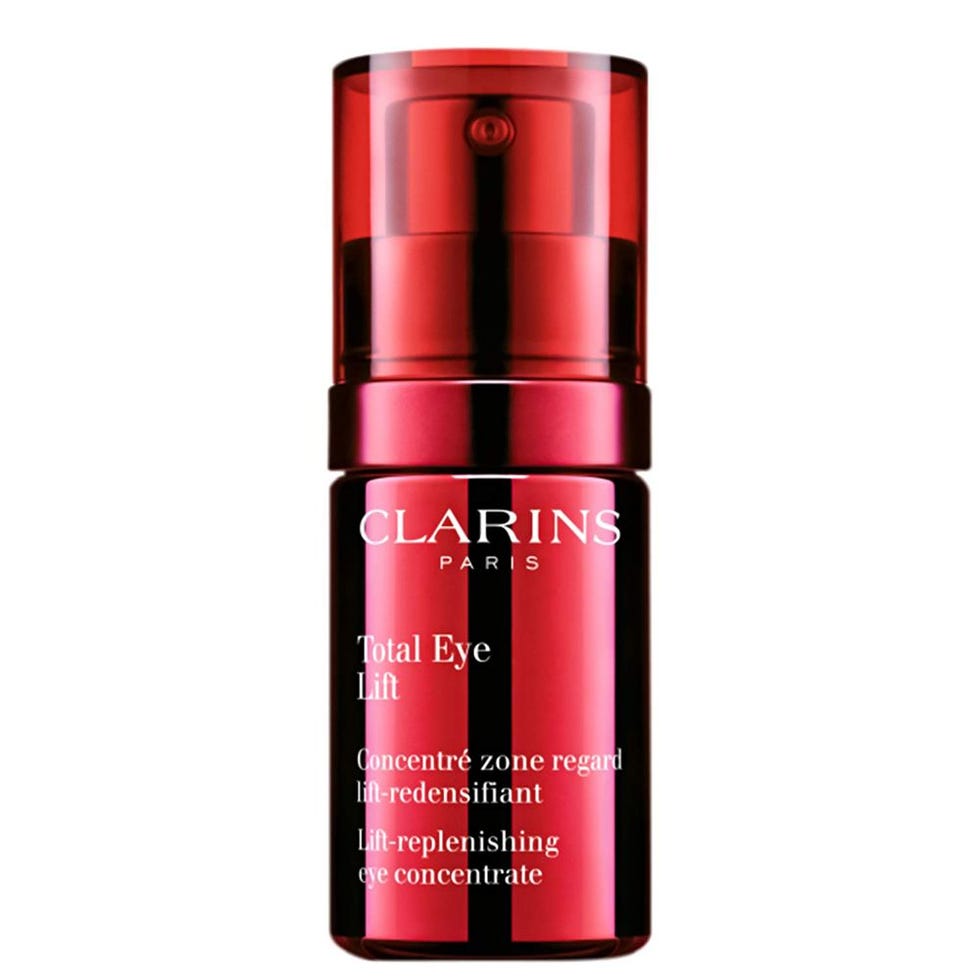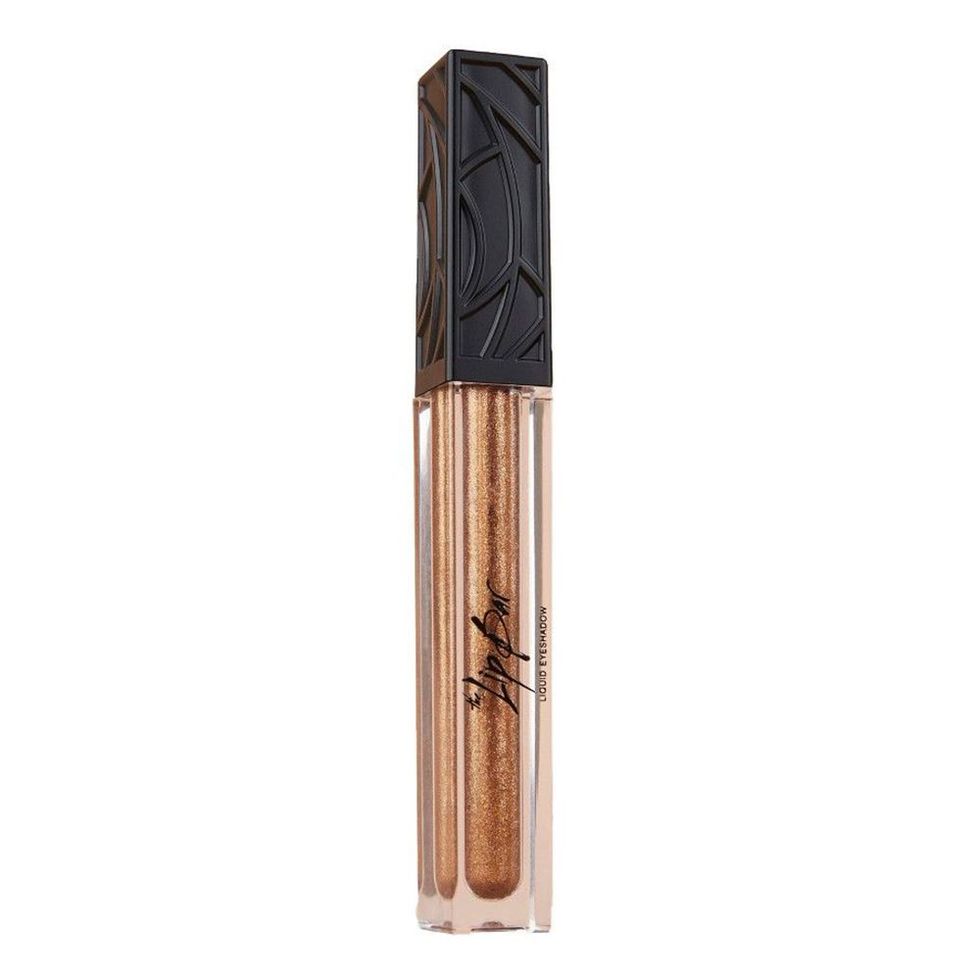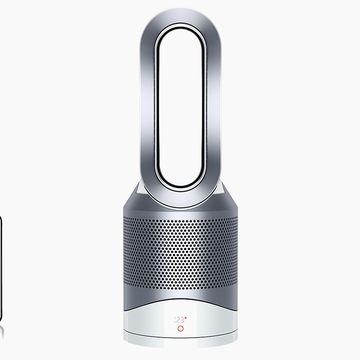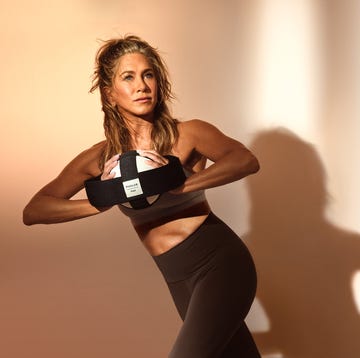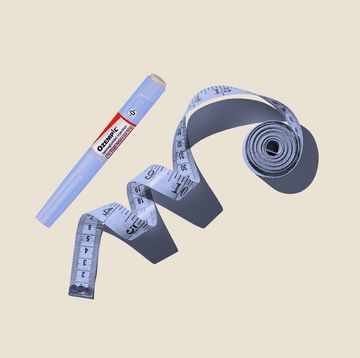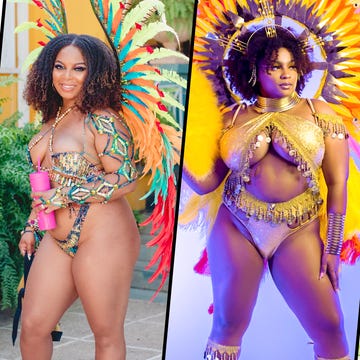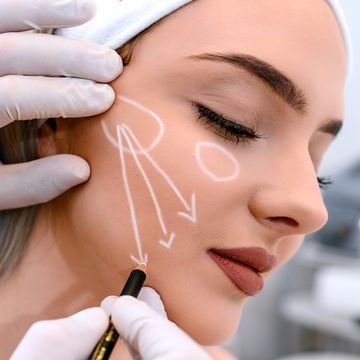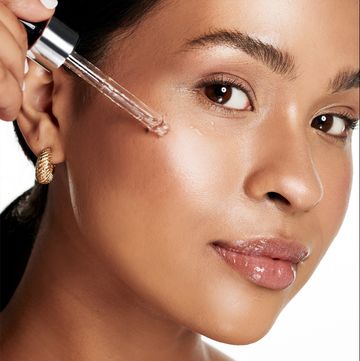Despite her overall youthful appearance, new mom Nicole Gist couldn’t quite shake her sleep-deprived look. So after consulting a few friends, she booked an appointment for undereye filler. “You can feel a substance being injected, but the process itself is not painful,” says Gist, who had only slight swelling post-procedure. “After a few days, I looked as if I were getting the eight hours of sleep that I may never get again.”
Judging from the recent uptick in noninvasive eye treatments, Gist isn’t the only one feeling (and looking) a little more sleep-deprived in the COVID-19 era. “Tear trough fillers have been on the rise in my office,” says Michelle German, a board-certified physician assistant based in Washington, DC. Undereye fillers, usually made of hyaluronic acid, build volume under the lower lids to reduce hollows and dark circles. Juvéderm, which has been used off-label to treat the undereye area for years, is up for FDA approval for the tear trough, which would make it the first filler in the U.S. with that designation.
The procedure sounds cringe-y (and the internet provides a rabbit hole of videos not for the faint of heart, but it’s not as daunting as it may seem at first glance. Most injectors start with numbing cream, then use a cannula technique that requires only one puncture site.
More From ELLE

The cannula—a blunt, ultrathin tube—glides through the skin, eliminating the need for multiple needle pricks. It’s inserted above the cheekbone and guided from just below the tear duct along the crescent under the eye, with filler distributed along the way, explains Brooklyn-based oculofacial plastic surgeon Chaneve Jeanniton, MD. When the gel-like substance is pushed in, patients may feel a dull pressure. As for any telltale signs, “Bruises are uncommon with this technique,” Jeanniton says. Limit alcohol for two days before and after treatment, she advises, and avoid exercise for two days and facials for two weeks afterward. Results last 9 to 12 months or more.
Celebrity makeup artist and American Beauty Star mentor Sir John started getting undereye filler four years ago and says the results are game-changing. It’s now a regular part of his beauty routine (prices range from $750 to $3,000, depending on the amount of filler and the injector). His advice? Trust your doctor. “Listen, you don’t want to skimp on your face,” he says. “Don’t Groupon anything, and spend more money on doing less.”
Gallery written by @marthamccully
This story first appears in the March 2021 issue of ELLE
Janell M. Hickman-Kirby is a contributing writer for Cosmopolitan.com.

